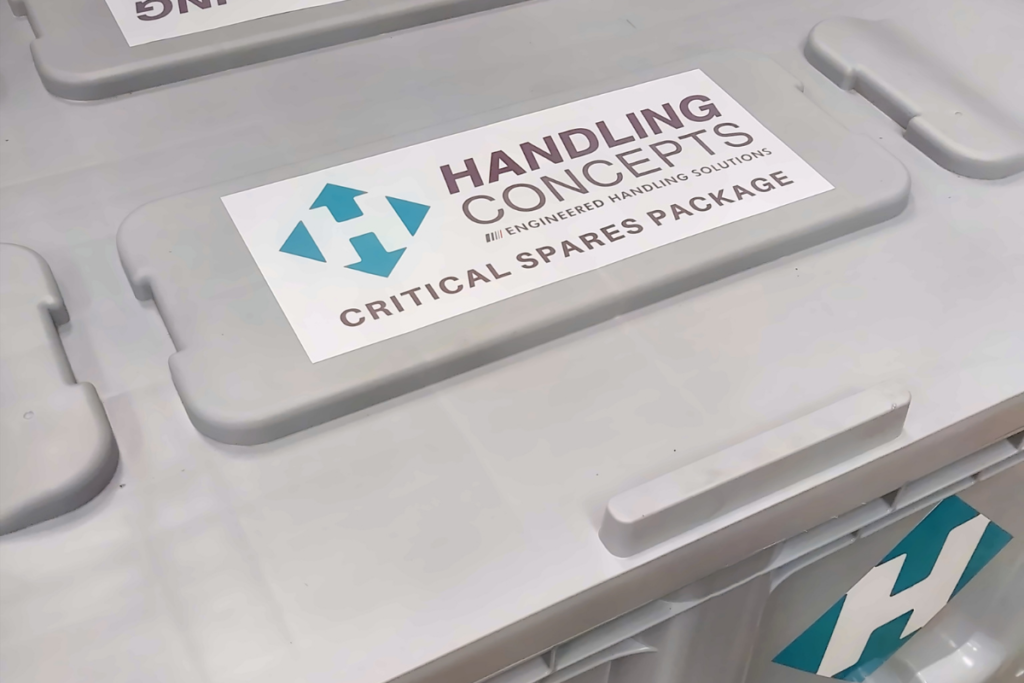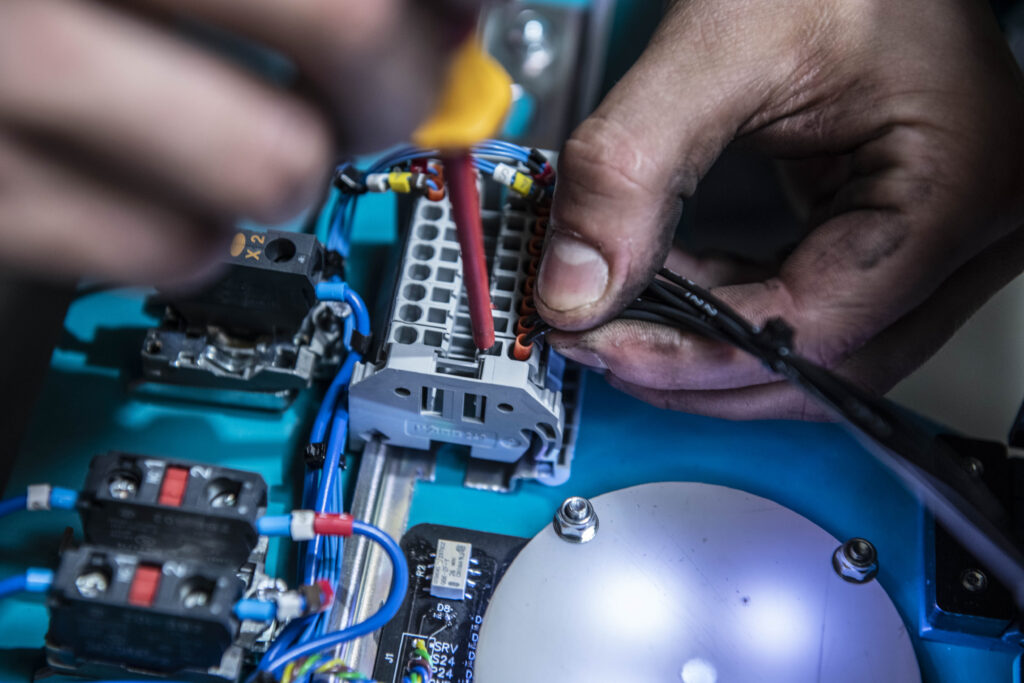6 Materials Handling Trends to Watch in 2022
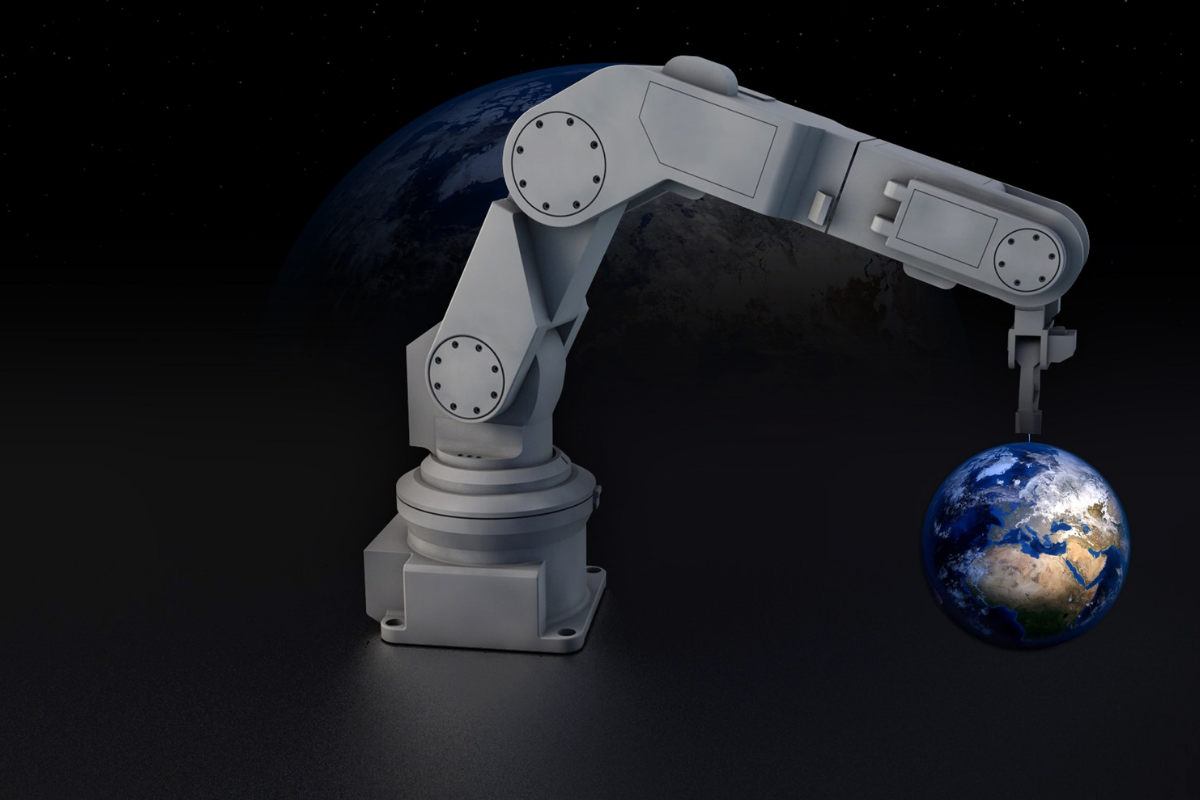
Global events such as the COVID-19 pandemic and challenges arising from climate change are causing the world to adapt quickly, which is leading to a rapid advancement in technology. The manufacturing industry is experiencing the impact of this and is responding to new innovations, processes and developments that are altering the way the workplace operates.
If businesses do not keep up with these changes, they will be left behind. To help UK businesses prepare for the future, Handling Concepts has identified six materials handling trends to watch in 2022.
1. Automated Guided Vehicles
Automated guided vehicles (AGVs) are revolutionising the way warehouses operate. Although they have been around for many years, in 2022, they will become more accessible to small and medium-sized enterprises (SMEs).
AGVs are robots that can perform automated material handling tasks. Applications for which AGVs are well suited include:
- Empty pallet handling
- End-of-line processing/finish product handling
- Truck/container loading
- Order picking
- Picking and put away at height
It is likely that demand for automated processes will continue at pace, making operations faster, easier and a tangible way to monitor growth. What was once seen as an expensive luxury will now become more cost effective and common in the workplace, with SMEs benefitting from improved worker safety and reduced labour costs.
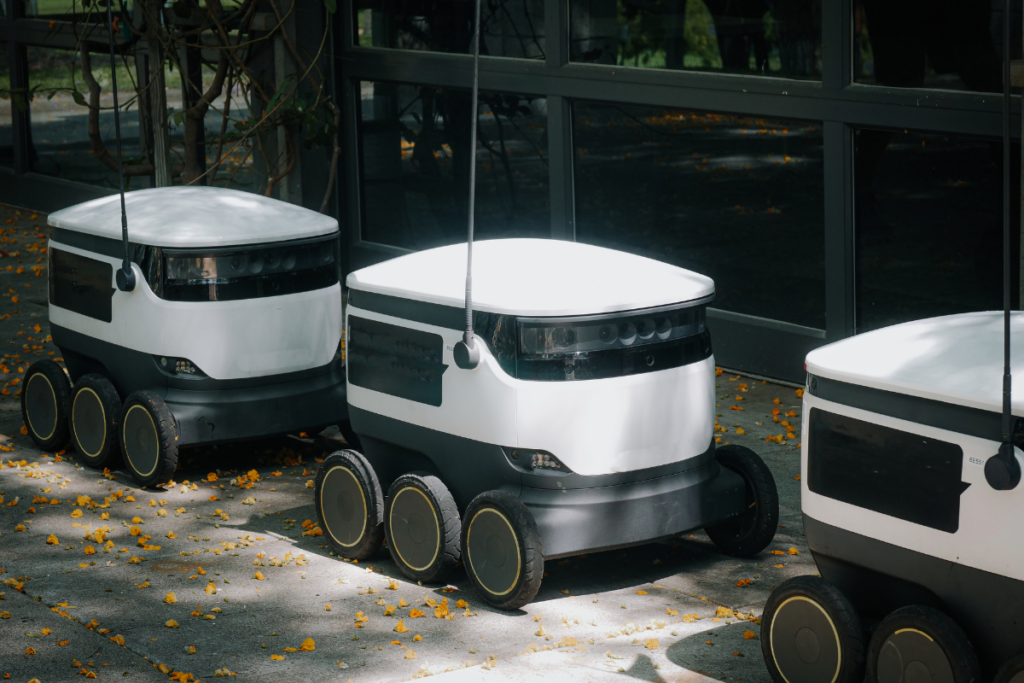
2. Collaborative Robots
In 2022, Handling Concepts, with a concern about shortages, predicts that industry will need to manage resources carefully and upskill the workforce. Embracing automation will include deploying collaborative robots alongside human workers.
Collaborative Robots or Cobots are robotic arms that work alongside your workers. They are desktop size, enabling your employees to work around and alongside them. Cobots never need to leave the workspace, which reduces time, cost, and floor space. A study conducted by MIT researchers at a BMW factory showed that a combined team of humans and Cobots were more productive than humans or Cobots alone. In fact, an impressive 85% of human idle time was reduced when collaborating with a robot.
There has been some stigma associated with the use of robots, some believing that they are realistic only for large manufacturers, however, the new generation of Cobots means that this is no longer the case. As technology develops, the cost of producing Cobots is reducing, making them more affordable and accessible for all manufacturing settings. Cobots offer business benefits by improving a range of applications, including assembly, loading/unloading, sorting, dispensing, sanding, or polishing.
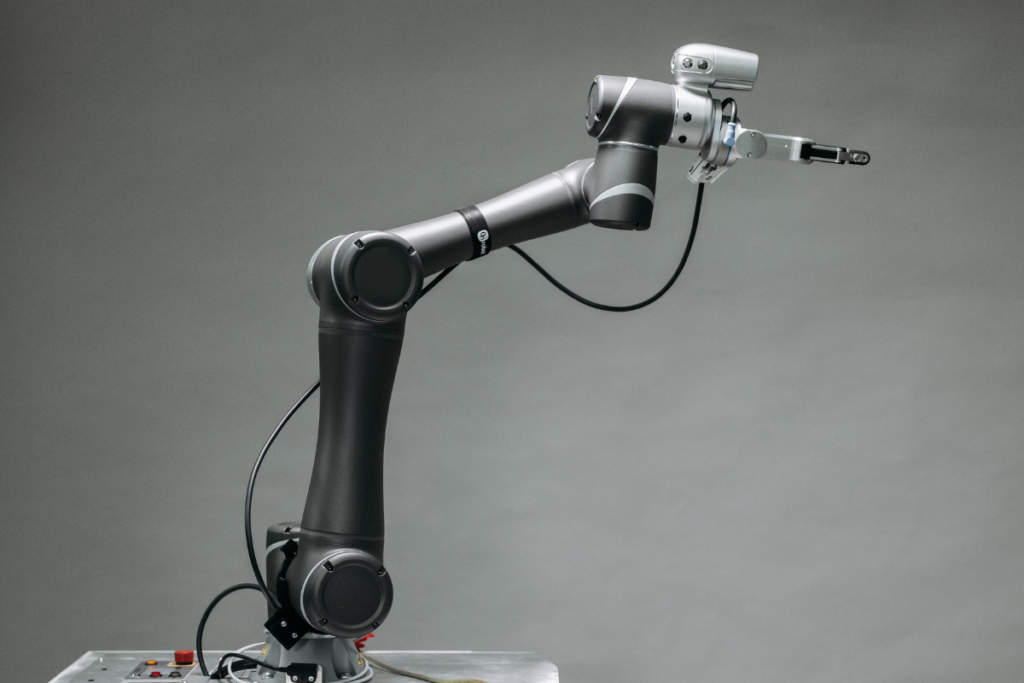
3. Internet of Things
Materials handling equipment can be enhanced by integrating sensors, processing ability software and other technologies for condition monitoring and safety. These integrated technologies connect and exchange data with other devices and system to monitor devices over the internet or other communication networks are part of the Internet of Things (IoT).
Safety, efficiency, and quality control are the three major benefits of IoT. Machines can handle repetitive tasks and, with the help of IoT, they can access data to help them improve operations. IoT enables preventative maintenance, enabling you to identify and remedy wear and tear and safety issues before they pose a threat.
An extension of IoT includes remote access. Material handling suppliers like Handling Concepts can add technology to materials handling devices that link internal software to connect to customer machines so that problems can be identified and fixed, minimising delays in downtime and production disruption.
Building systems directly into a warehouse infrastructure enables machines to communicate with each other, with little human intervention. This result is more precise coordination, tracking, automated data analysis and more.
The adoption of 5G will also play a vital role in this area, as data will move faster and easier than before.

4. Workforce Changes
The implementation of the technologies above will lead to more streamline resource management for industry workers’ jobs and the tasks will change. Materials handling equipment will remove the burden of handling from human workers, reducing the number of injuries and enables them to be trained to perform more satisfying roles that require a higher level of skill.
2021 has seen an upturn in the adoption of the 4-day working week. This has been discussed in the media and considered by many businesses. Studies have shown that a better work-life balance, that a 4-Day week may deliver, makes employees happier, healthier, and more productive, contributing to an increase in workplace efficiency and productivity.

5. Ecommerce and Online Shopping
The COVID-19 pandemic work from home restrictions forced many businesses to plunge into digitisation, moving data into collaborative spaces and looking for new ways to sell to customers. Ecommerce and online shopping have grown significantly over the past 2 years as businesses looked to make a stronger digital presence. Consumers now expect it.
The industry will have to grow and embrace digitisation to satisfy customers by delivering their products online to maintain a competitive edge. It would not be surprising to see traditional websites transform into online shopping experiences, with dedicated product pages and even possibly ordering straight from the website.

6. Environmental Responsibility
Sustainability measures have been debated for many years, but a growing opinion is forcing businesses to take more responsibility for their own actions and responsibilities. A push towards sustainable energy sources is a looming deadline. The EU’s stage V emissions regulations are requiring a ban on sale of new petrol and diesel cars by 2030. Therefore, an increase in electric cars for business use will rise.
Commuting across the UK will reduce. Alternative approaches like virtual exhibitions and remote working enabling employees to access necessary information from wherever they are. Reduced levels of commuting will lower the impact that car emissions have on global warming.
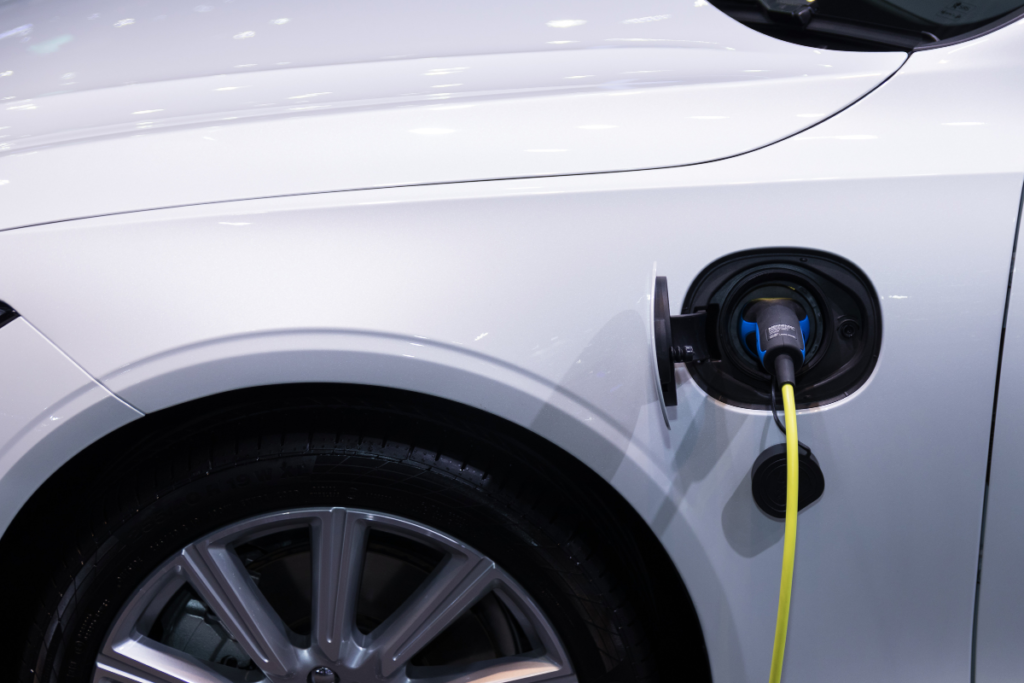
Summary
Technology is making it easier and faster to gather data about processes and systems. When utilised fully, this information can help you improve your operational efficiencies. In 2022, Handling Concepts believes manufacturing businesses will be affected by these new trends and will embrace them in order to get ahead of the curve and take advantage of what new technologies can help them to achieve.
Contact Handling Concepts today to find out more about how you can use advanced technology to improve materials handling equipment investments and enable your business to grow.


